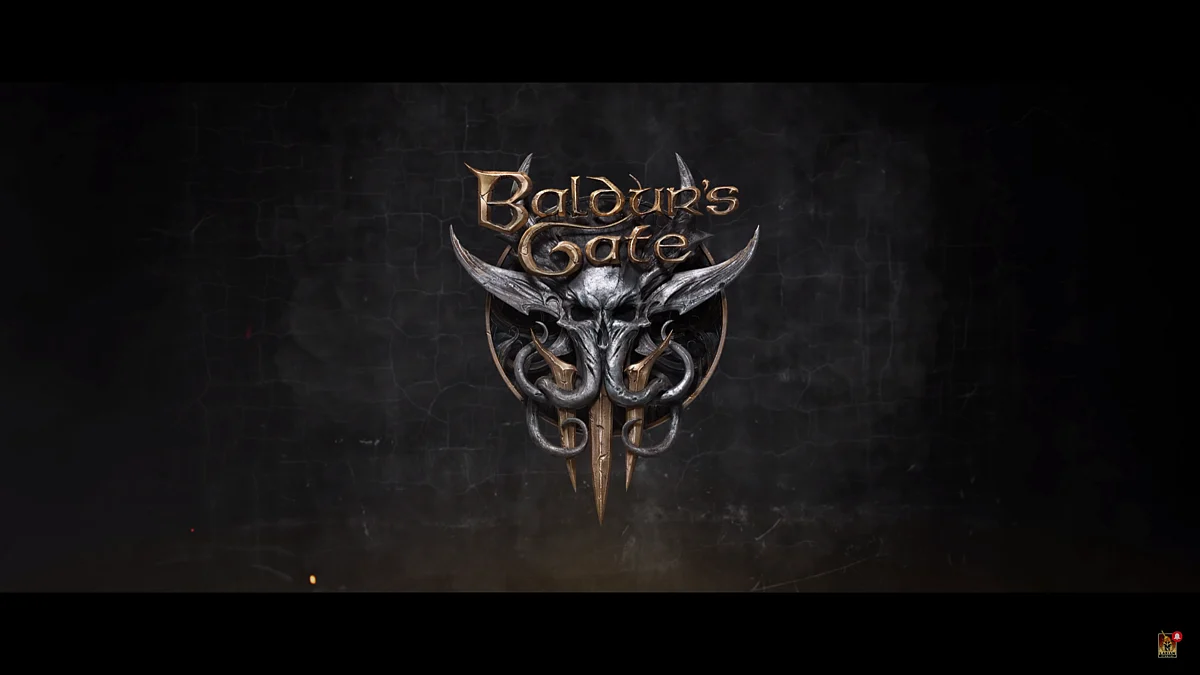
Baldur's Gate 3 is finally out and a lot of players are jumping into the game with no prior experience in Dungeons and Dragons. One of the mechanics that you have to get accustomed to is Proficiency. It is a score that is tied to your character level and it boosts things like weapon attack rolls, spell casting and more. Here are some helpful pointers that will help you understand exactly how Proficiency works in Baldur's Gate 3.
Proficiency in Baldur’s Gate 3
Proficiency is an additional score that augments various stats in the game. If you are proficient at a particular skill, a proficiency bonus is added to your character’s d20 rolls, providing a higher chance of success in certain checks. These are determined by a character’s Race, Class, Background and Feats.
Every player starts the game with a bonus point of +2, which rises by +1 every four levels. Characters can acquire skill proficiency, equipment proficiency, and much more with the proficiency bonus.
Proficiency in Different Areas
Proficiency is available in a variety of avenues, ranging from weapons and armor to skill and saving throws.
Weapon Proficiency
Weapons in Baldur’s Gate 3 fall into two categories - Simple and Martial. Almost all classes grant proficiency in either or both of these categories. Proficiency not only boosts performance but can also help players add certain bonuses to their bag. They can also unlock ‘weapon action’ through bonus points, which is a unique ability of the said weapon.
Armor Proficiency
If players use armor without proficiency, it can disadvantage them on all Ability Checks, Saving Throws, and Attack Rolls and even prevent spellcasting. The armor proficiency is mostly based on the player’s class but can expand in different directions through various subclasses, races or feats.
The three armors in the game come with their own proficiencies.
Light Armor - permits players to apply their complete Dexterity modifier to Armor Class (AC).
Medium Armor - permits players to apply a maximum of +2 Dexterity to AC and occasionally impose Disadvantage on Stealth checks.
Heavy Armor - unaffected by the player's Dexterity modifier and gives consistent Disadvantage on Stealth checks.
Shield Proficiency
Similar to Armor, not using Shield Proficiency entails Disadvantage on all Ability Checks, Saving Throws, and Attack Rolls and restricts spellcasting. Characters can obtain Shield Proficiency through their race, class, subclass, or Moderately Armored Feat.
Spellcasting Proficiency
In Baldur’s Gate 3, even non-spellcasters can make use of scrolls to practice magic. However, they will not get any benefit from their Proficiency Bonus if they do it. This is unlike Dragons and Dungeons, where all spellcasting classes gain proficiency automatically.
Saving Throw Proficiency
Every class in the game allows characters to gain proficiency through two different Saving Throws. Each time a character rolls that save, a bonus associated with the throw is granted to the players. The other method to gain proficiency is through the Resilient Feat.
Skill Proficiency
Players can apply a bonus to all Ability Checks every time they acquire expertise in a particular skill. Every class gives between two and four skill proficiency levels to the players, with an additional two from the background. Players can grow their skills and level up as they go through different subclasses, races or feats.
How To Gain More Proficiency?
To gain a proficiency bonus in the game, players must grind hard and hustle to level up. As they level up, players can acquire more bonuses. And to level up, they should complete missions and engage in activities that increase their experience points, giving their performance a boost.
